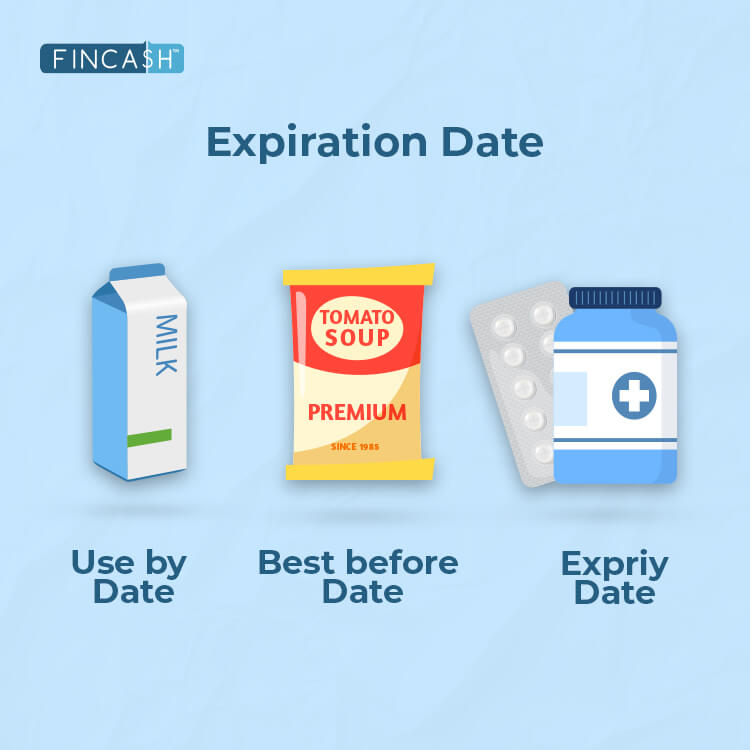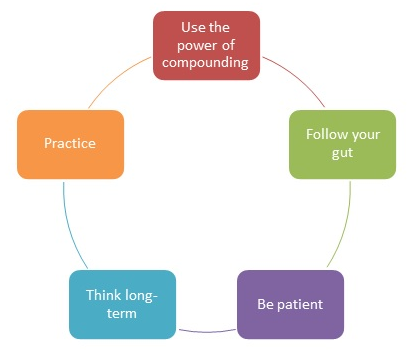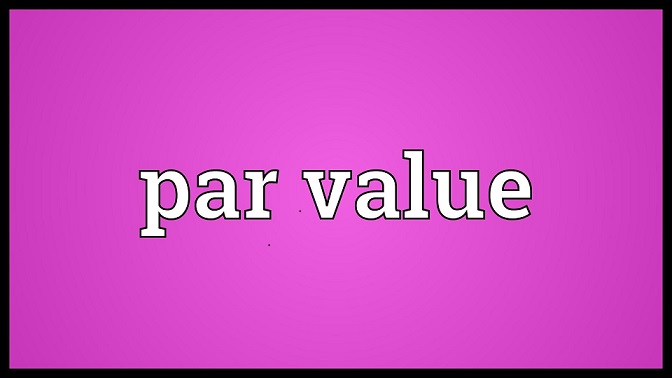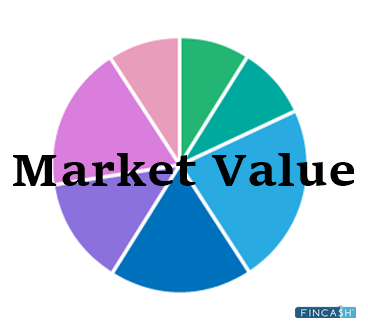
Table of Contents
Defining Value Date
In foreign exchange markets, a value date definition typically refers to the date on which one can expect a trade to settle. In banking, however, a value date can refer to the date when account holders can start using their funds after a deposited check has been cleared.
Usually, value dates help to determine the payment of financial accounts and products wherein there’s a chance of experiencing discrepancies, which may arise from valuations’ timing differences.
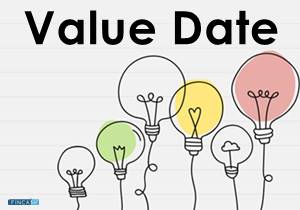
Examples of such financial products include option contracts, forward currency contracts, and the interest payable or receivable on one’s personal account.
Value Date in Trading
As mentioned above, a value date is used when there are any possibilities for discrepancies arising out of significant differences in the timing of asset valuation. Further, in Forex trading, the term refers to the delivery date when several counterparties associated with a transaction finally agree to settle their obligations by transferring ownership and making the required payments.
However, due to Bank processing delays and time zone differences, the value date for spot trades involved in foreign currencies is generally set two days post transaction agreement. In this case, the value date is not when the traders agree to a particular exchange rate; rather, it’s the date on which the currencies are traded.
The value date can also be used at the time of evaluating coupon Bonds, which generally make semi-annual interest payments. Let’s take the example of savings bonds to illustrate this case. The interest associated with savings bonds is compounded semi-annually, and hence, the value date is every 6 months or half-yearly.
It further helps to remove any chances of uncertainties that investors may have, because their interest payment estimations would be similar to that of the government.
Talk to our investment specialist
Another use of value date in trading is found in the bond Market, in which it helps to calculate the accrued interest on a particular bond. This calculation takes into consideration three major dates -
- Trade Date
- Settlement Date
- Value Date
Value Date in Banking
After a payee deposits a check to the bank, it credits to the payee’s account. But it may take up to a few days for the bank to validate the payer’s account and the balance it holds. Hence, it may take 1-5 days for the payee to receive the check amount in their account.
If the funds are made available to the payee immediately without verifying the payer’s account, it may cause negative cash flow risks for the bank. To avoid such discrepancies, the bank estimates the day it would receive the funds from the paying institution, that’s the payer’s bank.
The bank will hold the funds until that day, and that’s why the payee can’t see the amount reflected in account immediately. After the money is approved and deposited to the payee’s account, they can start using. This date is called the value date, when the payee can finally use the deposited check amount.
All efforts have been made to ensure the information provided here is accurate. However, no guarantees are made regarding correctness of data. Please verify with scheme information document before making any investment.
